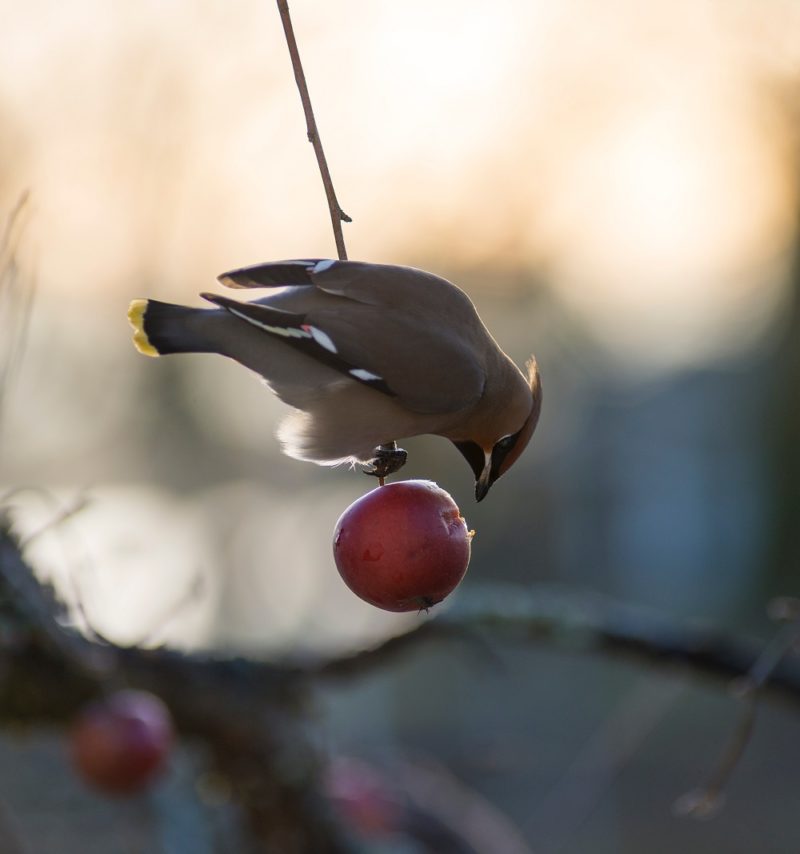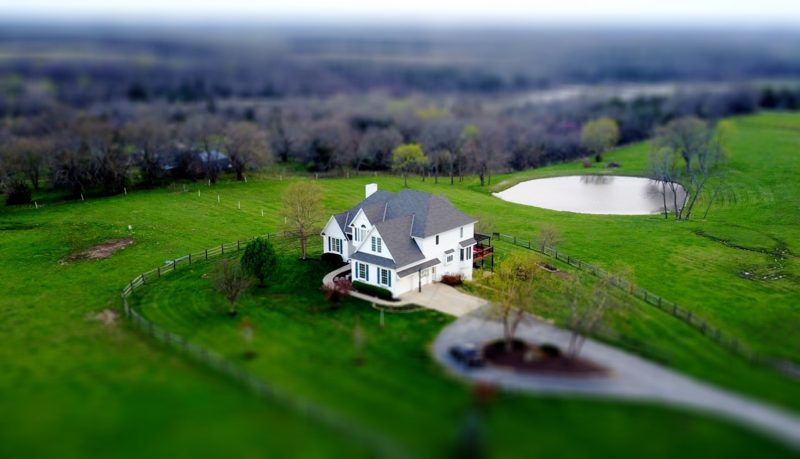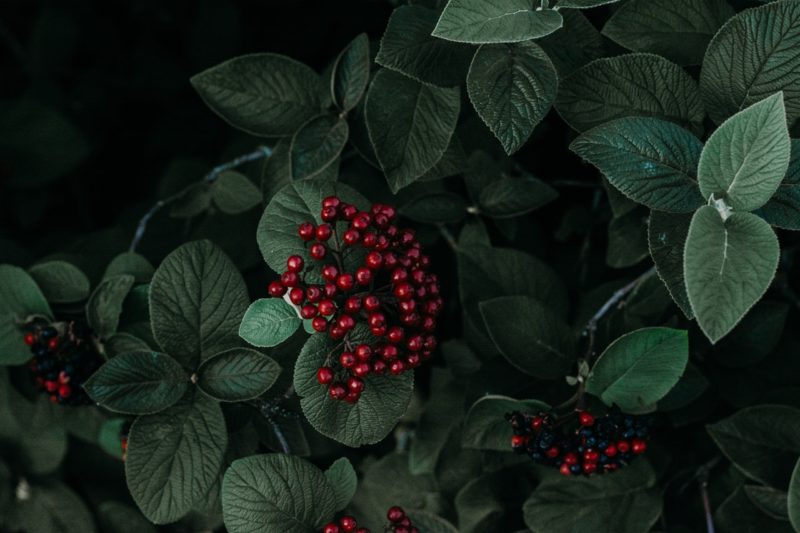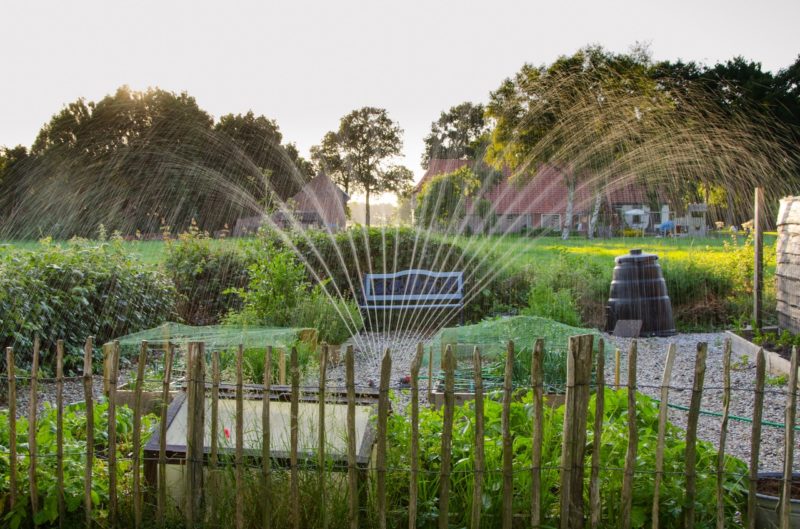How to Plan a Fruit Garden?
Having a backyard is a true blessing. You can have a garden or build a swimming pool and spend your free time outside enjoying your little haven. Still, another great way how to put your yard to a good use is to have a fruit garden. We all know how much the fruits are healthy for us. They are full of vitamins, minerals, and other nutrients and they are also a great substitution for artificial sugary food. A fruit garden is great for anybody, especially for people with kids – it’s a great way to motivate your kids to eat fruit by planting and growing different types of fruit in your yard, within their reach.
In case you have been seriously considering this idea, there are certain steps you need to take in order to have a truly thriving fruit garden.
1. Preparing the garden
The soil in your garden is the most important thing to pay attention to, in the beginning, when you are looking for the perfect spot. Luckily, most types of soils in gardens are appropriate for planting fruits but it doesn’t mean that you won’t have to add organic matter, for example, compost.
Don’t plan on growing the fruits in a wet area or at least opt for installing drainage then. Most fruits don’t like wet areas, while cranberries are the ones that can deal with extra water in the soil. Dry soil is also not good for the fruits, so avoid or be prepared to install an irrigation system because you won’t be able to spend the whole summer watering the fruits.
It’s best if you find a sunny spot that’s also sheltered from bad weather conditions. Bushes like currants won’t mind the shade. The sheltered spot is important because it’s when pollination insects will be able to do their job and set fruit. If your living area is windy, then grow a hedge as a boundary around or near the fruit. It’s also good if you plant the fruits next to a wall.
2. Protecting the fruit plants
Of course, it’s possible you won’t be the only one enjoying the harvest. There is always wildlife that will try to feed on your fruits, too, so it’s important to provide appropriate protection from them.
Let’s start with birds – they are difficult to get rid of, so you can try building a fruit cage, which is the easiest solution. Make the frame out of wooden or metal posts and then install netting. Use light netting for the top so that it can be easily rolled back in the winter time to avoid collapsing under the weight of snow.
Of course, you may not want to have cages all around your garden, so there is another type of protection from the birds – you can opt for planting specific types of fruit based on their color. Birds tend to pick on black, green, yellow and white fruits far less frequent. Also, if you plant late-ripening fruits, there is a really low chance that birds will feed on them because they will easily find other sources of food at that time.
Another animal that could feed on your fruits is the rabbit. They are far more difficult to get rid of, especially if you have an open-space garden that is not bounded by fences. Many houses don’t have clear borders in the form of walls and fences in between but having them will become a necessity if you want a fruit garden. And it’s not just the matter of protecting the fruit – you will also be protected from burglars, bigger wild animals and privy eyes from the neighbors. And let’s not forget to mention that your kids will be prevented from running to the street without watching out for the traffic. Companies dealing with quality fences like Fortress Fencing get across all sorts of requests, as people usually have a pretty clear idea of how they want their fence to look like and how high it should be, so you can have an aesthetically pleasing fence that is also protecting your fruit garden from rabbits, deer, and any other wild animals.
3. Fertilizing the soil and providing weed control
Bare soil is perfect for weeds, which can be a big problem for young fruit trees and young bushes. They are too weak to compete for water and nutrients in the soil, so you should cover the soil unless you want to spend hours and hours getting rid of the weed later on. First, remove all perennial weeds and cover the soil with mulch. You can use home-made compost for this, leafmold, composted bark or even grass clippings. Don’t think that it takes too much of your time – you will lose a lot more when you get on your knees and start pulling out the weeds that have gone out of control!
4. Choose the right fruits for you
Lastly, you need to make a decision on which fruit to plant. Free-standing bushes, which include plums, apples, and pears are pretty easy to maintain and they don’t need frequent pruning. On the other hand, cordons and espaliers need a lot more attention and care. Today, there are dwarfing rootstocks of many fruit types, which makes them easier to maintain. Still, you should avoid the smallest types because they are actually more demanding than the bigger versions. They also have really low branches, which will make mowing under them very difficult.
Final comment
A fruit garden is beneficial for the whole family and quite easy to grow if you do it right. If you know it’s the right choice for you – then have a go at it!
Author Bio
Liam Smith is a young and aspiring Australian blogger with a passion for everything related to home improvement, design and style. He has a B.Sc. in Interior design and is an avid reader.
https://twitter.com/LiamSmith2034
https://www.linkedin.com/in/liamsmith2034

















